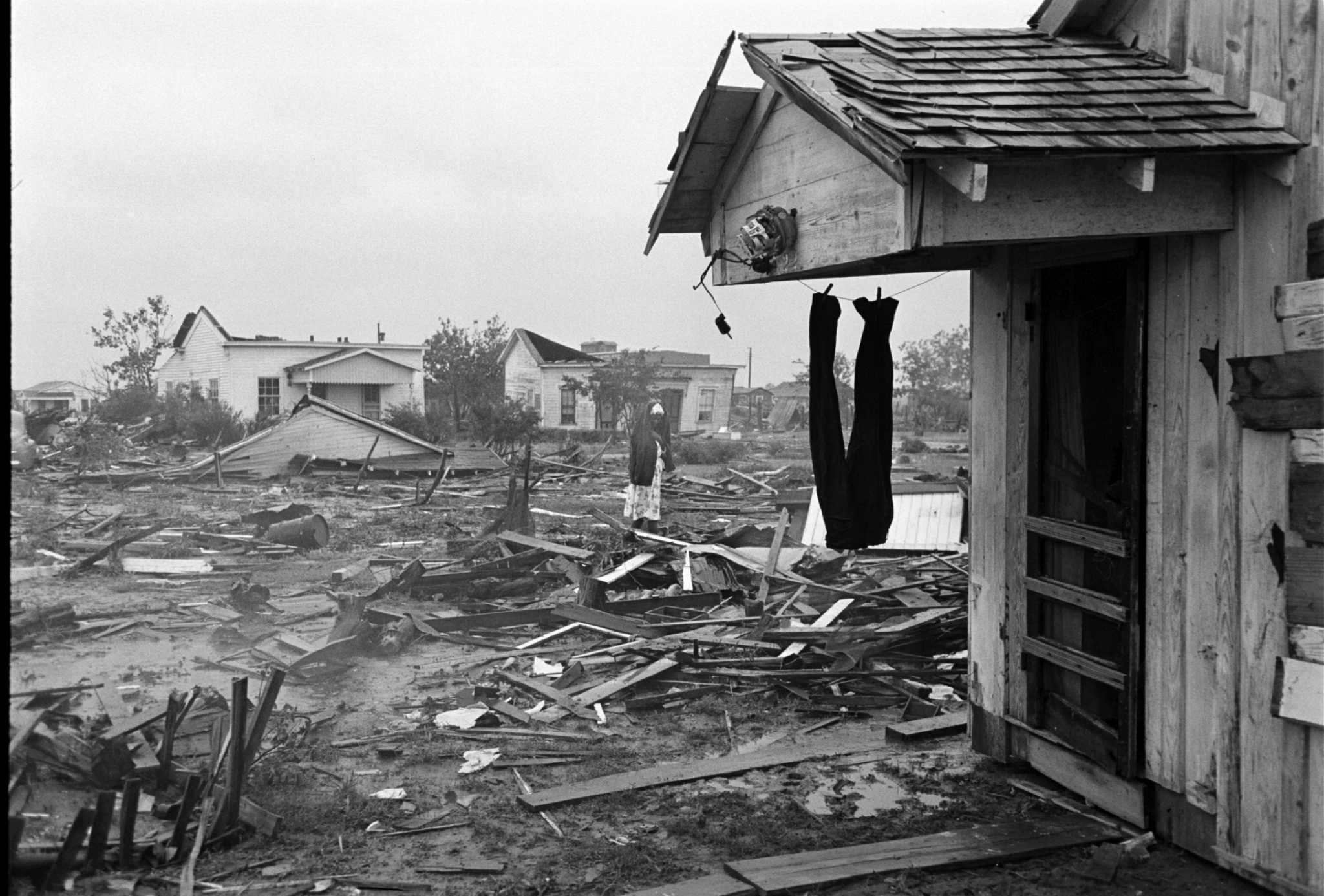Tornadoes are some of the most destructive and terrifying natural disasters on Earth. With their powerful winds and swirling funnel clouds, they can level entire towns in a matter of minutes. But what is the worst tornado in history? Which tornado holds the record for causing the most destruction and loss of life? In this article, we will delve into the history books and explore some of the deadliest tornadoes ever recorded.
The Tri-State Tornado: A Devastating Monster
A Deadly Path of Destruction
One of the most destructive tornadoes in history is the Tri-State Tornado that occurred on March 18, 1925. This tornado tore through parts of Missouri, Illinois, and Indiana, leaving a trail of devastation and death in its wake. It traveled a staggering 219 miles, making it the longest recorded tornado track in history.
Unbelievable Destruction and Loss of Life
The Tri-State Tornado left behind a path of unimaginable destruction. Entire towns were wiped off the map, with countless homes and buildings reduced to rubble. The tornado claimed the lives of at least 695 people and injured over 2,000 more. The death toll would have been even higher if not for the heroic efforts of first responders and everyday citizens who risked their lives to help others.
The Great Natchez Tornado: A Tragic Day
March 23, 1840: A Day of Disaster
Another infamous tornado in history is the Great Natchez Tornado that struck on May 6, 1840. This tornado hit the city of Natchez, Mississippi, and the surrounding areas, leaving a path of devastation in its wake. It is believed to be one of the deadliest tornadoes in American history.
Massive Destruction and Lives Lost
The Great Natchez Tornado caused widespread destruction, leveling buildings and homes in its path. It claimed the lives of an estimated 317 people, making it one of the deadliest tornadoes recorded at the time. The storm, with its violent winds and debris, left a lasting impact on the people of Natchez and serves as a grim reminder of the destructive power of tornadoes.
The Joplin Tornado: A City Shattered
A Community Ravaged
On May 22, 2011, the city of Joplin, Missouri, experienced one of the deadliest tornadoes in recent history. The EF5 tornado, with winds reaching up to 200 mph, tore through the heart of the city, leaving a path of destruction and tragedy in its wake.
A Record-Breaking Tornado
The Joplin Tornado holds the unfortunate title of being the deadliest single tornado event in U.S. history since modern record-keeping began in 1950. It claimed the lives of 161 people and injured thousands more. The tornado left behind a devastated community, with homes and buildings reduced to rubble.
Other Destructive Tornadoes: Nature’s Fury Unleashed
The Daulatpur-Saturia Tornado: A Deadly Cyclone
The Daulatpur-Saturia Tornado, also known as the Manikganj-Bhanga tornado, occurred on April 26, 1989, in Bangladesh. This tornado holds the record for the deadliest tornado ever recorded, claiming the lives of approximately 1,300 people.
The Jarrell Tornado: Destruction in Central Texas
On May 27, 1997, the small town of Jarrell, Texas, was hit by an F5 tornado, with winds up to 260 mph. The tornado caused immense destruction and claimed the lives of 27 people.
Frequently Asked Questions
How does a tornado form?
Tornadoes form in severe thunderstorms when warm, moist air interacts with cold air. This interaction causes a strong updraft, which can then start rotating if there are wind shear conditions present. When this rotation reaches the ground, it creates a tornado.
What is the Fujita Scale?
The Fujita Scale, also known as the Enhanced Fujita Scale (EF Scale), is used to measure the intensity of tornadoes based on the damage they cause. It rates tornadoes on a scale from EF0 (weakest) to EF5 (strongest).
Can tornadoes be predicted?
While meteorologists have made great strides in tornado prediction, it is still challenging to accurately predict when and where a tornado will form. Tornado warnings are issued based on certain weather conditions that indicate the potential for tornadoes to develop.
Final Thoughts
In the face of such devastating natural disasters, it is important to remember the resilience and strength of communities affected by tornadoes. The stories of survival and acts of heroism that emerge from these tragedies serve as reminders of the power of the human spirit. As we continue to study tornadoes and improve our understanding of their formation and behavior, we strive to better protect those in their path and minimize the loss of life and destruction they cause. Stay safe and prepared, and remember to seek shelter in the event of a tornado warning.
